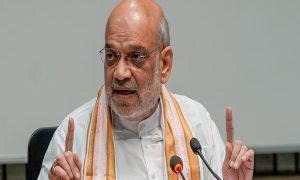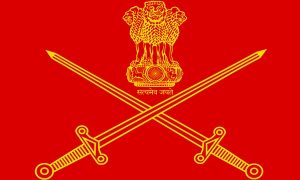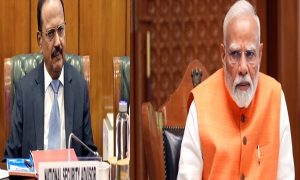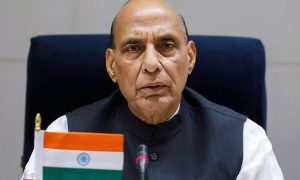A win for the BJP was expected. With the party being on the brink of a majority in the assembly, it was a logical expectation that the voters on the fifteen seats that went to polls would vote to form a government and not leave their fortunes hanging in the balance with a hung assembly.
The results that came about were on expected lines. However, the extent of the victory astounded many. The BJP won 12 of 15 seats with a staggering vote-share of 50.3%. The Congress won just 2 with 31.5% votes while Kumaraswamy was provided with a splendid chance to genuinely cry with no seats and just 11.9% votes. (He didn’t cry though. Maybe the crying over the past few months has left no tears.)
What generally never happens – and is also impractical to expect – is for the BJP to notch up the same vote-share in a state election as it does in the General Election. The simple reason is that the Narendra Modi factor reduces in state polls and national issues take a backseat with local issues coming to dominate. This brings into play local parties and leaders instead of national ones. However, in a stark diversion from the usual and rather logical trend, the BJP’s 50.3% vote-share was nearly equal to what it got in the 2019 Lok Sabha election in Karnataka – 51.4%. This reflects how ruthlessly the BJP dominated the by-polls in the state leaving absolutely nothing for its opponents.
Of the 12 seats that it won, it got 60%+ votes on 2 seats, 55-59% votes on 5 seats, 50-54% votes on 2 seats and <50% votes on 3 seats. The two seats it lost also saw a reasonably good performance with 39% and 29% votes, and the leftover seat which was won by an Independent (a BJP rebel) saw BJP pocketing 36% of the votes. Summing up BJP’s performance doesn’t require any words; Siddaramaiah’s reaction post the result was enough.
But Karnataka is done. It is now stable with a proper government. (And no unnecessary crying, I must add).
The ramifications of this extraordinary performance by the BJP should send at least a few tremors in Sena’s camp in Maharashtra (I prefer not to place ‘Shiv’ before Sena as it is only an insult to our God after the recent betrayal by the party towards Hindu ideology). More than Congress’s annihilation in the by-polls what Sena should look at is JD(S)’s dismal performance. For a reasonably strong state party that once gave India a prime minister to hardly cross the 10% vote-share mark is truly reflective of India’s changing political times. In a line: BJP is encroaching the sway held by local satraps in a very significant manner.
The recent by-polls in West Bengal tell a similar story. Even though the TMC won all the three seats that went to polls, the BJP increased its vote-share on the seats from 21.2% (2016 polls) to 38.8% (2019 by-polls). The TMC too saw a rise of vote-share by 15% but the BJP’s was 17.6%. Congress and CPM combined saw its popularity plummet by a heart-sinking – for them, not for me! – 30.9%! This shows that the BJP is becoming the primary challenger to state parties. In Uttar Pradesh the BJP has left the SP and BSP tottering for significance and, in Odisha it has become the second largest party.
Sena has a lot to worry simply because its score of 18 seats in the Lok Sabha and 56 in the recent state polls is to a considerable extent due to its alliance with the BJP. It gained massively due to Amit Shah’s political cunning and Narendra Modi’s image. Especially when we talk of the General Elections this year the credit for a majority of Sena’s 18 seats goes to the fact that those voting for them did so with the desire to see Narendra Modi as the prime minister. Sena was merely a medium.
Parties like the SP, BSP, TMC and BJD have for long charted a political course against the BJP. Their policies, actions, ideologies (if any), are in contrast to the BJP, and yet, they’re losing ground. Now imagine what would Sena be after having ditched its explicit ideology and its partner? As it is, in the last five years, Sena has been relegated to the second spot by the BJP, and now, completely drowned in ego and political greed, it has gone on to backstab the BJP. Sena has only made the situation tougherfor itself in Maharashtra.
Due to similar ideologies and the fact that the BJP is the strongest, most cohesive political entity in India today, it is relatively easy for a Sena voter to shift to the BJP leaving Sena stranded. The thin difference between the ideological functioning of the two parties will make it easy for Sena voters to shift to the BJP, unlike, let’s say, in the case of Sena and Congress. Transferability of vote is a huge advantage to the BJP, and it will show in the future.
























 WhatsApp us
WhatsApp us